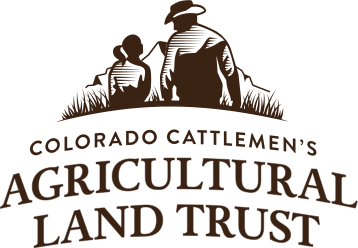Conservation Cowboy: Meet Jay Fetcher
I met Jay Fetcher nearly a year ago at the 2015 Colorado Cattlemen’s Association (CCA) Mid-Winter Conference. I had just started working for the Colorado Cattlemen’s Agricultural Land Trust (CCALT) and was tasked with overseeing our trade show booth and answering questions from potential landowners. Jay approached the booth on the first day of convention and introduced himself to me. Having no knowledge of who Jay was, I promptly asked him if he was familiar with the land trust. He chuckled a bit, smiled at me, and warmly said, “I started it.”
Recently, Jay Fetcher was re-appointed to the CCALT Board of Directors after an eight year hiatus. Below is an interview I did with Jay last week to celebrate his return.
1. How did CCALT get started?
Way back when, in 1993 my family started working on a conservation easement for our ranch. CCALT didn’t exist then, so we worked with the American Farmland Trust (AFT), a national organization that was agriculture friendly. Our easement was so successful that they asked me to speak about my experience at several Land Trust Alliance meetings. After that, I realized that most land trusts didn’t have an agricultural understanding. I knew firsthand that easements could be a useful tool for Colorado ranchers, so I approached CCA about forming a land trust. They hemmed and hawed for a year, and then sanctioned us in the fall of 1995. At that point I thought this would be a great learning opportunity for ranching families, and that we might do 15 easements total.
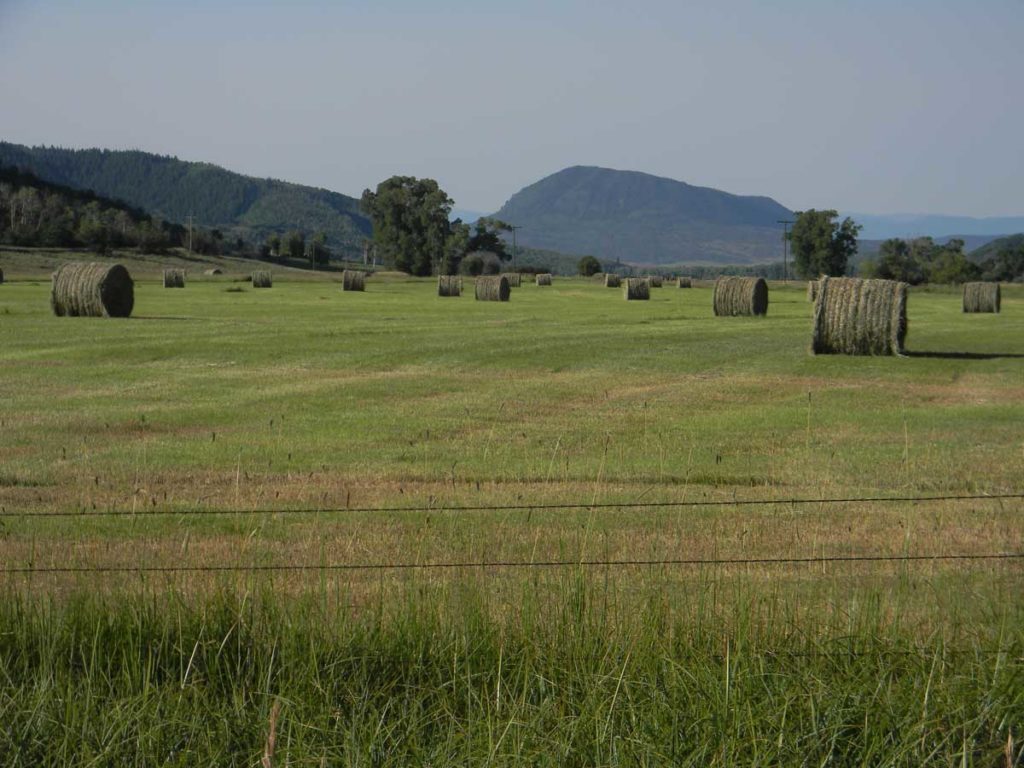
Summer and winter on the Fetcher Ranch. 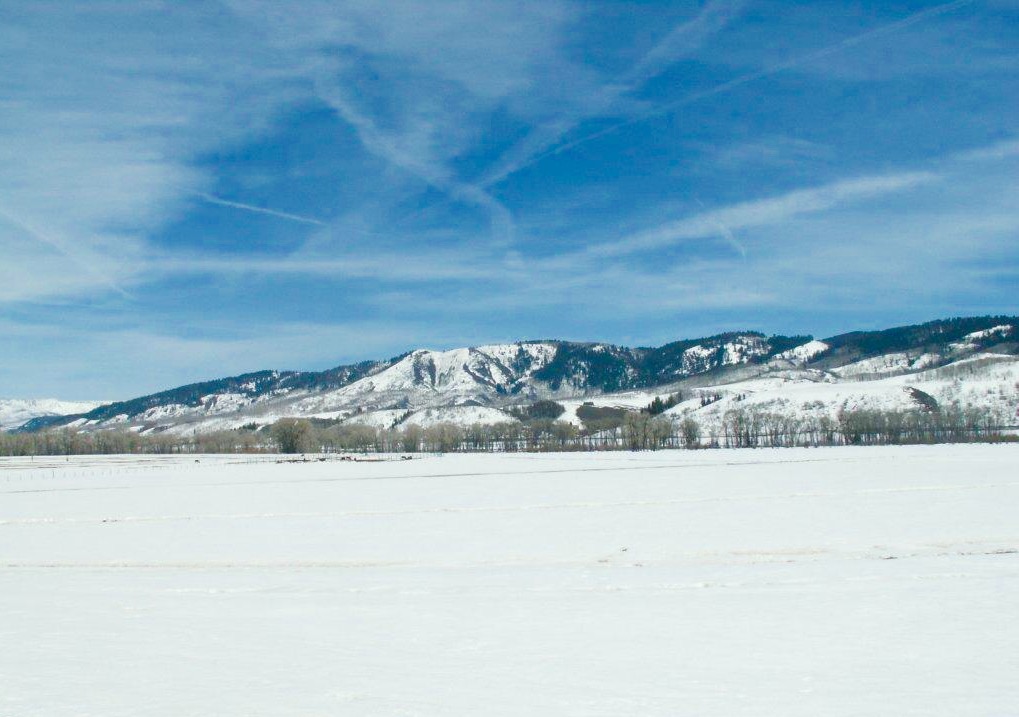
Summer and winter on the Fetcher Ranch.
2. Why did you choose to form a land trust through CCA?
Because CCA members were our customers! By having CCA sanction CCALT and appoint the majority of the board members, it brought instant credibility to the idea of conservation easements and ranching. Most of the other land trusts in Colorado grew out of environmental groups, and at that point ranchers didn’t trust the motives of those organizations coming in to conserve their land, so this was our solution.
3. When was the last time you were on the board? And how long did you serve in your first term?
I can’t remember the dates exactly, but I was on the board from 1995 to 2007. I do want to note that even though it was my idea to start CCALT, I had a ton of support from Reeves Brown and Kirk Hanna. Without those two, I couldn’t have convinced CCA to sanction us. I also had a lot of help behind the scenes from Bill Fales. The first president of CCALT was Tom Compton, the immediate past president of CCA, who was a skeptic about CCALT. Looking back now, it was brilliant to have Tom those first two years because it made us acknowledge CCA’s concerns.
4. What was the biggest hurdle that the initial board members of CCALT had to overcome?
The Colorado Cattlemen’s Association. In the beginning, it was an uphill battle because there was a lack of understanding of conservation easements, and there was a lot of suspicion surrounding them. There were even people who claimed it was a government take over and that landowners were losing their rights. I went through my fair share of contentious meetings during that time, but in the end we found support from a few key landowners, and were able to move forward.
5. Do you think that the challenges facing the land trust today have changed at all in the last 20 years, and if not, how have they stayed the same?
There are no hurdles today like there were!
Looking ahead though, we need to continue to get support for CCALT. Ultimately, our staff is our most valuable resource, and we need to keep nurturing and supporting them. Nobody in the country can compete with our staff, and we have to make sure that our staff stays, and that takes money. That means the fundraising piece plays a big part.
6. How have generational transfers affected the Fetcher Ranch?
Everyone in my family, starting with my dad, has had a passion for the land. I have three siblings and fortunately they believe in keeping the ranch in agriculture. I also have three daughters who feel the same way. No one knows what the future will bring, but our goal is that everyone feels like it’s fair; it may not be equal, but it’s fair. There are so many family challenges out there because properties are worth so much. Easements allow ranchers to relax and know that their families have a future on the ranch. I’m sure there are families out there that wish that they hadn’t done a conservation easement, but I don’t know of a single one who has worked with the cattlemen’s land trust who would say that.
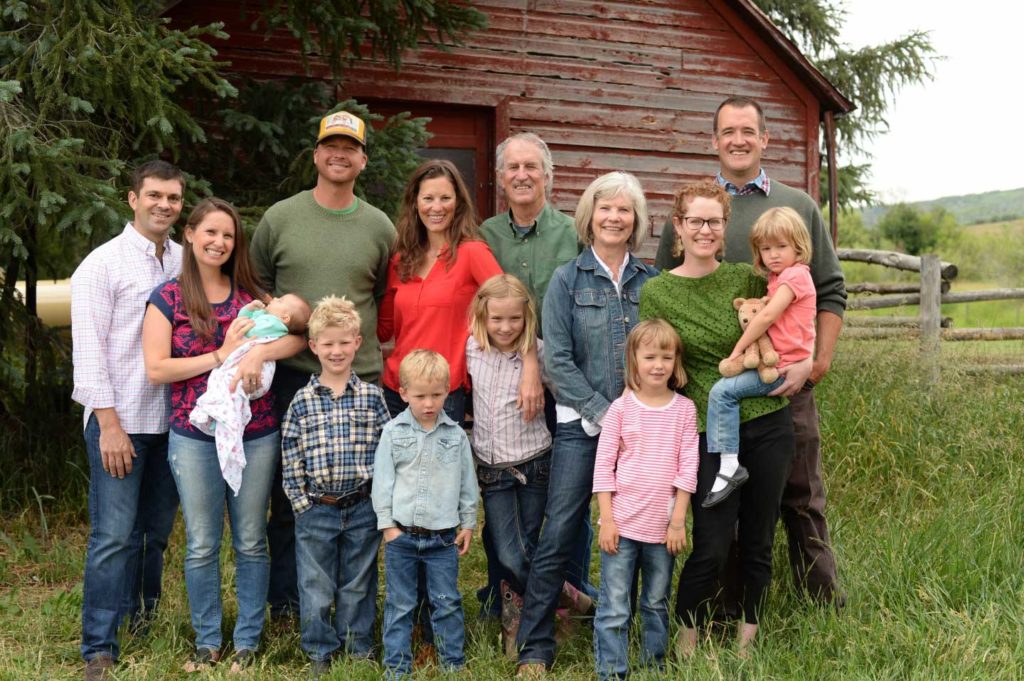
7. Why did you throw your hat in the ring for re-election to the board? Is there anything specific that you hope to achieve?
Somebody that you know made me! Bill Fales, the previous president, stepped down this year and asked that I consider getting back on the board so that I could share my institutional knowledge. He twisted my arm to do it, and I’m thrilled. Attending my first meeting last month was exciting because I was overwhelmed with the professionalism of how the meeting was run and what was discussed.
I hope that in the future the family transition piece can take on a new role when we’ve run out of land to do easements on.
8. Do you think CCALT has achieved what the initial founding fathers were hoping for?
They’ve done much more. My goal of 15 easements was surpassed!
9. What is your favorite CCALT story?
I have to think that getting the initial GOCO grant in 1997 that allowed us to hire a full time executive director is my favorite story. Lynne Sherrod was that first ED. Lynne was remarkable in her ability to spread the message of CCALT to skeptics, both ranchers and environmental groups. Lynne took CCALT from a small land trust to the nationally recognized organization that Colorado landowners choose as their first option for land protection.
10. How is CCALT unique?
You’re going to get tired of me saying this, but the staff. Absolutely the staff.
11. Who inspires you?
Kirk Hanna, Reeves Brown, Dennis Bidwell from AFT, and Bill Fales.
Kirk once said to me “We have to figure out a way for the public to recognize everything that agriculture does, besides food.” That’s what CCALT does. It allows landowners to be recognized for everything else we provide to the public: open space, eco-systems, wildlife habitat, etc. I’m honored to carry forward that work.
12. What is your advice to young professionals interested in getting involved in the land trust industry?
Do an internship at CCALT and be mentored by their amazing people. Oh, and get to know Rick Knight! (Chuckles)
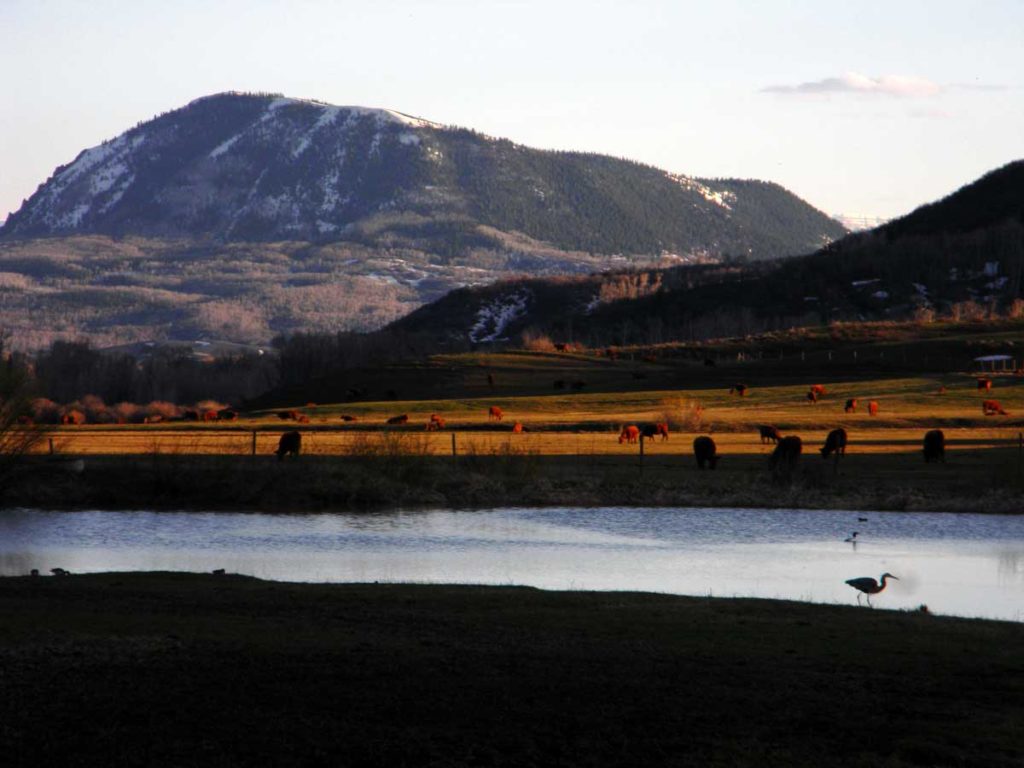
When I first met Jay, he could have brushed me off as a nitwit for not knowing who he was. Instead, he was warm, humble, and willing to share every last drop of knowledge about CCALT that he could spare. Jay, thank you for answering my questions then, and last week. We could not be more excited to have you back on the board of CCALT.
And now, some advice of my own: if you are a young person interested in getting involved in conservation, get to know Jay Fetcher. He’s a pretty standup guy.
